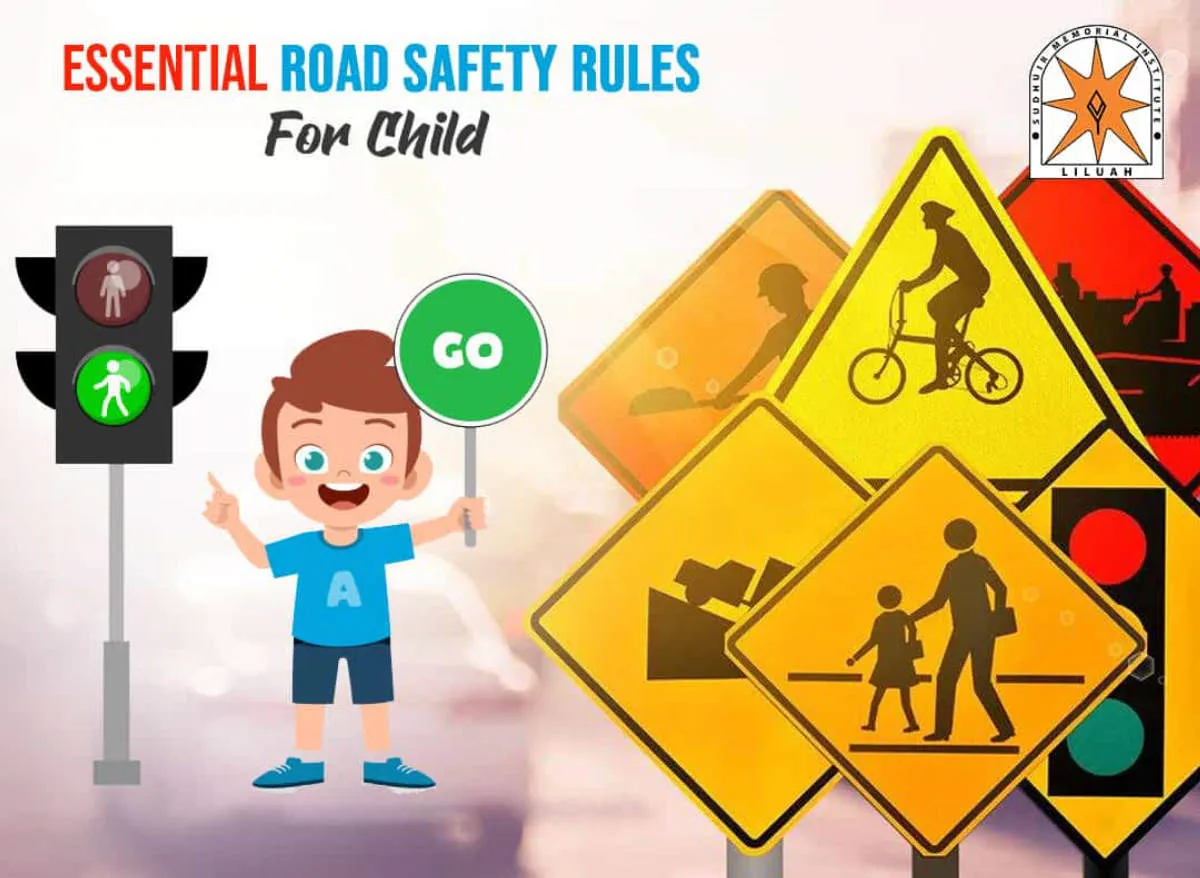Driving in the UAE: Rules, Licensing, and Tips for Road Safety
Driving in the UAE can be a thrilling experience, but it’s important to familiarize yourself with the rules, licensing requirements, and important road safety tips. From acquiring the right license to understanding the local regulations, this guide will provide you with all the essential information to navigate the roads safely in the United Arab Emirates.
Familiarizing Yourself with UAE’s Traffic Laws
When driving in the UAE, it’s crucial to be aware of the country’s traffic laws to ensure your safety and avoid any legal issues. Here are some important regulations you should keep in mind:
Licensing Requirements
To drive in the UAE, you must possess a valid driver’s license. Expatriates can use their home country’s license for a limited time, usually six months. After that, they are required to obtain a UAE driver’s license. Nationals of the UAE can apply for a license once they reach the legal driving age, which is 18 for most vehicles.
Traffic Violations
The UAE has strict penalties for traffic violations. Speeding, reckless driving, not wearing seatbelts, using a mobile phone while driving, and running red lights are all considered serious offenses. These can result in hefty fines, vehicle impoundment, or even imprisonment. It’s essential to abide by the rules to avoid any legal consequences.
Seatbelt and Child Restraint
Wearing a seatbelt is mandatory for all passengers in the UAE, regardless of their seating position in the vehicle. Additionally, children under the age of four should be secured in a child restraint seat appropriate for their age and size. Failure to comply with these regulations can lead to fines and points on your driving record.
Drink and Drive Laws
The UAE has a zero-tolerance policy for driving under the influence of alcohol or drugs. Strict penalties await those caught violating this law, including fines, license suspension, and even imprisonment. It’s crucial to arrange alternative transportation if you plan on consuming alcohol.
Roundabouts and Junctions
Roundabouts are common in the UAE, and it’s important to grasp the proper way to navigate them. Always give way to vehicles already inside the roundabout and use your indicator when exiting. At junctions without traffic lights or signs, be cautious and yield to traffic on the main road.
Pedestrian Safety
Pedestrians have the right of way at designated crossings and pedestrian-friendly zones. Be attentive and watch out for pedestrians, especially near schools and residential areas. Failing to yield to pedestrians can lead to severe penalties and legal trouble.
Conclusion
Familiarizing yourself with the UAE’s traffic laws is vital for a safe and stress-free driving experience. Remember to always drive responsibly, obey the rules, and exhibit caution on the roads. By adhering to the regulations, you can contribute to a safer traffic environment for everyone.
Obtaining a UAE Driving License

If you are planning to drive in the UAE, it is important to familiarize yourself with the process of obtaining a UAE driving license. This article will provide you with all the information you need to know to get started on your journey to becoming a licensed driver in the UAE.
1. Eligibility Requirements
Before you can apply for a UAE driving license, you must meet certain eligibility requirements. These requirements may vary depending on your nationality, age, and the emirate in which you reside. Generally, you must be at least 18 years old, hold a resident visa or work permit, and pass a medical fitness test.
2. Theory Test
The first step in obtaining a UAE driving license is to pass a theory test. This test evaluates your knowledge of the rules and regulations of driving in the UAE. It covers topics such as traffic signs, defensive driving techniques, and road safety. It is advisable to study the UAE traffic laws and regulations thoroughly before taking the test.
3. Practical Driving Lessons
Once you have passed the theory test, you will need to take practical driving lessons. These lessons are conducted by authorized driving schools in the UAE. It is important to choose a reputable driving school that can provide you with proper training and guidance to become a safe and skilled driver.
4. Road Test
After completing the required number of practical driving lessons, you will be eligible to take a road test. The road test assesses your driving skills and ability to apply the rules of the road effectively. It is conducted by the relevant traffic authorities in the emirate where you reside. Passing the road test is a crucial step towards obtaining your UAE driving license.
5. Issuance of UAE Driving License
Once you have successfully passed the road test, you can proceed with the application for your UAE driving license. You will need to submit the required documents, such as your passport, visa, Emirates ID, medical fitness certificate, and the necessary fees. Upon approval, you will receive your UAE driving license, which allows you to legally drive in the UAE.
Conclusion
Obtaining a UAE driving license is a process that requires fulfilling eligibility requirements, passing a theory test, completing practical driving lessons, and passing a road test. It is crucial to adhere to the rules and regulations of driving in the UAE to ensure road safety for yourself and others. Always remember to drive responsibly and follow the traffic laws to enjoy a safe driving experience in the UAE.
Practicing Road Safety in the UAE
When it comes to driving in the UAE, road safety should be your utmost priority. The country has implemented strict rules and regulations to ensure the safety of all road users. Here are some important tips to help you practice road safety in the UAE:
1. Familiarize Yourself with the Traffic Rules
Before hitting the road, make sure you are well-aware of the traffic rules and regulations in the UAE. Take the time to understand the road signs, speed limits, and other important traffic laws. This will not only keep you safe but also help you avoid any fines or penalties.
2. Obtain a Valid Driving License
Driving in the UAE requires a valid driving license. If you are a resident, you need to obtain a UAE driving license. Non-residents can drive with an international driving license or a valid license issued from their home country. Make sure to carry your driving license with you whenever you are on the road.
3. Buckle Up and Use Child Restraints
Seat belts save lives. Always wear your seat belt while driving and ensure that all passengers, including children, are properly restrained. Child restraints are mandatory for children under the age of four. It is important to use the appropriate child safety seats depending on the child’s age and weight.
4. Avoid Using Mobile Phones
Distracted driving is a major cause of accidents. It is illegal to use a mobile phone while driving in the UAE unless you have a hands-free device. Avoid any form of distraction and focus solely on the road for your safety and the safety of others.
5. Adhere to Speed Limits
Speed limits are set to ensure the safety of everyone on the road. Observe and adhere to the speed limits at all times. The UAE has designated speed limits for different types of roads, so make sure to be aware of the specific limits and adjust your speed accordingly.
6. Maintain Safe Distances
Keep a safe distance from the vehicle in front of you. This will give you enough time to react and avoid collisions in case of sudden stops. The general rule of thumb is to maintain at least a two-second gap between your vehicle and the one ahead.
7. Be Mindful of Pedestrians
Always yield to pedestrians at designated crosswalks and intersections. Watch out for pedestrians, especially in busy areas. Exercise caution and patience to ensure their safety as well as yours.
8. Stay Calm and Courteous
Traffic conditions in the UAE can sometimes be challenging. It is important to remain calm and patient while on the road. Avoid aggressive driving behaviors such as tailgating or excessive speeding. Show respect to fellow drivers and be courteous at all times.
9. Regularly Maintain Your Vehicle
Ensure that your vehicle is in good condition by scheduling regular maintenance checks. Check your tires, brakes, lights, and signals regularly. Properly maintained vehicles are less likely to experience unexpected breakdowns or malfunctions that can compromise road safety.
By following these road safety tips, you can contribute to a safer driving experience for yourself and others in the UAE.
Conclusion
Driving in UAE requires awareness of the rules, proper licensing, and adherence to road safety measures. It is crucial to follow speed limits, buckle up, and avoid distractions to ensure a safe driving experience. By being responsible drivers, we can contribute to reducing road accidents and creating a safer environment for everyone.

Posting Komentar untuk "Driving in the UAE: Rules, Licensing, and Tips for Road Safety"
Gambar ataupun video yang ada di situs ini terkadang berasal dari berbagai sumber media lain. Hak Cipta sepenuhnya dipegang oleh sumber tersebut.